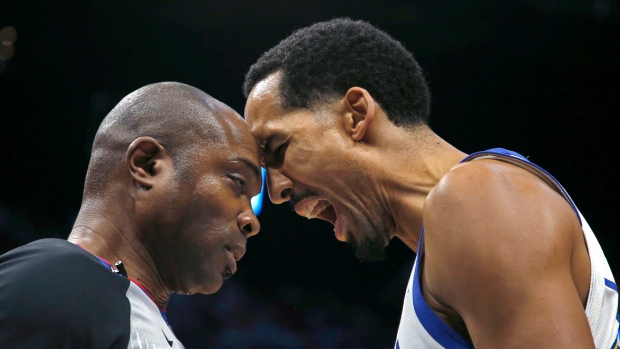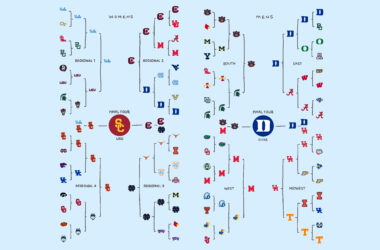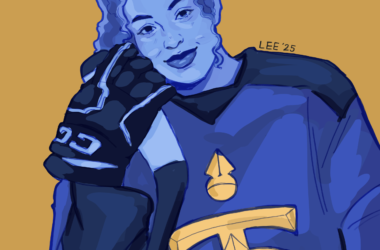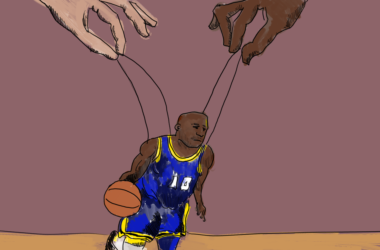After the dust settled, Houston Rockets forwards Trevor Ariza and Gerald Green were revealed to be the masterminds behind a plan to enter the Los Angeles Clippers’ locker room to settle a dispute. Using a backdoor passage that connects the two teams’ locker rooms, the two found their way into the Clippers dressing room and started a ruckus. Both were suspended two games each for their roles in the commotion, which came after a chippy ending to a game on Jan. 15.
All in all, it’s been a crazy last few weeks for fighting in the NBA. Three straight nights, players were ejected for verbal and physical assault. The final damage count was 21 technical fouls and five ejections handed out across 11 games.
NBA figures like San Antonio Spurs Coach Gregg Popovich have a point when they laugh off these tussles—they almost always come across as melodramatic and drawn-out. However, there’s a reason the league has reached this point, and it doesn’t have to be this way. Players are growing increasingly frustrated with referees, whose de-escalation techniques have failed to control the game, and have even contributed to the disorder at times.
As players across the league—superstars included—receive discipline, the NBA is starting to face a crisis. To keep all of its talent available to play, the NBA must devote proper attention to how its officiating de-escalates issues, the root of much of the issue.
Following Golden State Warriors player Shaun Livingston’s protest to a call by referee Courtney Kirkland on Dec. 3, Kirkland approached Livingston in a head-to-head confrontation that resembled a boxing weigh-in more than a basketball game. If the referees’ mistakes encourage aggressive behaviour, it’s no surprise that players get pushed over the edge.
Referees make the call regarding game atmosphere, and even when they’re not physically involved in an altercation, that decision often makes the difference between smooth play and conflict. They must do a better job of establishing and maintaining order without disturbing game flow.
Referees have struggled with when exactly to blow their whistle, and sometimes they are too early to make a call. For fans, it’s disappointing to tune into a game only for one of its star players to get disqualified midway through; for a player, not much is more annoying than an early whistle.
However, late whistles can be dangerous, too, perhaps indirectly causing fights like the one between the Clippers and Rockets. The teams have been lashing out at each other—with physical violence and verbal taunts—but the hostility is really driven by poor officiating. Announcers often tag this as “letting the players play.” But, this has consequences: When referees let players push, it’s no surprise that players will eventually come to shove. The problem has been gradually escalating across the NBA, and now tensions have risen to the point where the athletes have no qualms about calling officials out by name.
Staying level and consistent can be difficult for a referee—especially with rowdy fans on their back—but it is crucial to walking the fine line between the right and wrong game atmosphere. Of course, star athletes are bound to get testy. By nature, they’re intense competitors. The good news is that it’s not an impossible problem for refs to fix. Just like the rest of the league’s members, NBA referees are the best at what they do, even when it doesn’t feel that way. If they work on keeping a professional level of conversation and a Brad Stevens-esque calm, tensions will begin to dissipate.
As it stands, the referee-player relationship is on shaky ground. But, with an All-Star weekend meeting between players and referees on the horizon—a prime opportunity for reconciliation—fans can hold onto hope for a peaceful tomorrow.









